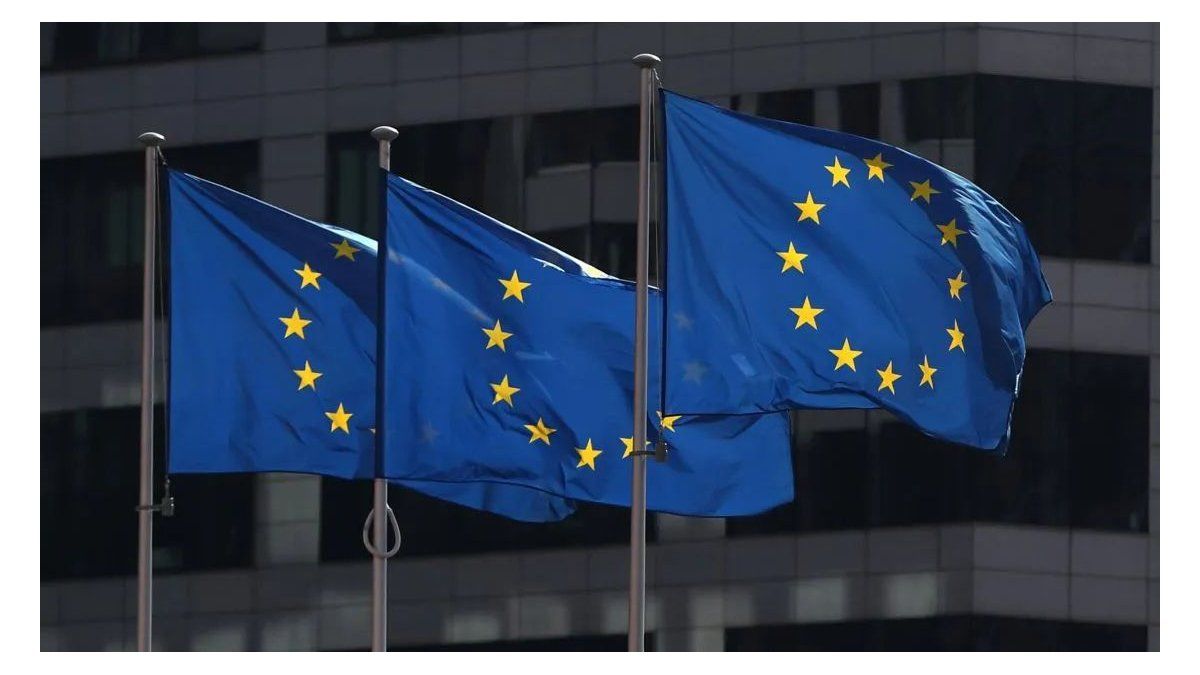In parallel, the Producer prices in the eurozone increased 1.6% in September against the previous month, and was lower than expected. In August this index had increased by 5%. In year-on-year terms, producer prices rose 41.9%.
If considered the evolution in each country of the PMI, in October this index in France reached a record of 50.2%, above the 50% expectation, recognized as the threshold between the expansion of activity and its contraction. In the case of the French services sector PMI, it also beat expectations and came in at 51.7% for the month.
In the case of Spainthis increased to 49.7% in the month, above what was expected (around 48.3%) and above the figure for the previous month (48.5%). In this case, it was below the 50% threshold, indicating activity contraction.
The latter can be reflected in the performance of the Spanish industrial production that increased 3.6% in September compared to the same month last year. It also had a lower performance than in August, when it increased 5.5%.
In parallel, industrial orders in Germany showed a drop due to lower foreign demand and showed a drop of 4% compared to the previous month. Domestic orders grew 0.5% but were unable to offset the 7% drop in foreign orders.
This indicates that Europe’s main economy has entered the path of recession, a path that it had been able to avoid during the third quarter with higher-than-expected growth. However, it was hit by the impact of inflation and pressure from energy prices and supplies.
“The German economy is headed for recession, as is evident from the disastrous new orders,” he said. Thomas Gitzel, chief economist at VP Bank, in dialogue with Reuters.
Orders within the euro zone fell 8%, while orders from outside the euro zone fell 6.3%. “The high level of new orders that had been established after the coronavirus pandemic as a result of the recovery effects seems to have come to an end,” said the Ministry of Economy.
The declines in the sectors automotive and mechanical engineeringwhich fell by 9% and 8.1% respectively, dragged down the general index, according to the Ministry.
This performance is part of the expectation of new definitions of the European Central Bank on new interest rate hikes to contain inflation and get closer to the 2% target.
Source: Ambito
David William is a talented author who has made a name for himself in the world of writing. He is a professional author who writes on a wide range of topics, from general interest to opinion news. David is currently working as a writer at 24 hours worlds where he brings his unique perspective and in-depth research to his articles, making them both informative and engaging.




